The Greater Antilles, including Dominican Republic, Puerto Rico, Jamaica, and the Cayman Islands, offer some of the most iconic and diverse experiences in the Caribbean.
Each island brings its own unique blend of history, culture, and natural beauty, from the colonial charm of Old San Juan to the rhythmic beats of Jamaican reggae and the crystal-clear waters of Grand Cayman. Whether you’re seeking vibrant city life, adventurous outdoor escapes, or pure beachside relaxation, the Greater Antilles deliver something unforgettable for every traveler. In this blog, we’ll take a closer look at two different ways to experience these island gems.
The one country that neither the Dinks or the Family have visited in the Greater Antiles is Cuba.
Cuba, the largest island in the Caribbean, offers a fascinating mix of history, culture, and natural beauty. Known for its colonial architecture, classic cars, and rhythmic music like salsa and son, Cuba feels like a living time capsule. Its history is deeply marked by Spanish colonization, African heritage, and revolutionary movements, all of which have shaped its distinct national identity. Visitors are drawn to the energy of Havana, the charm of Trinidad, and the stunning beaches of Varadero, experiencing a country where culture and history pulse through every street.
The Same
Each time the DINKs and the Family set out to explore the diffrent islands, we had one simple goal in mind: to relax. Whether we were wandering the colonial streets of Old San Juan, swaying to the reggae beats of Jamaica, or soaking in the crystal-clear waters of Grand Cayman, the focus was less on sightseeing and more on slowing down and savoring the moment.
Each island offered its own version of paradise; vibrant city life, adventurous outdoor escapes, or pure beachside bliss and we were more than happy to embrace it all. While neither group has made it yet to Haiti or Cuba, our experiences in the Dominican Republic, Puerto Rico, Jamaica, and the Cayman Islands proved that there’s no shortage of ways to unwind and recharge across the Greater Antilles.
Dominican Republic
The Dominican Republic, located on the island of Hispaniola, boasts a rich tapestry of history as the site of the first European settlement in the Americas. Santo Domingo, its capital, is home to the oldest cathedral and paved road in the New World, giving visitors a glimpse into its colonial past. Beyond its historical landmarks, the Dominican Republic’s vibrant culture shines through its lively music and dance traditions like merengue and bachata. The spirit of the island comes alive in its colorful festivals, delicious cuisine, and a strong sense of community rooted in a blend of Spanish, African, and Taíno influences.
If you’re considering a trip to the Dominican Republic, our latest blog compares two very different takes on the Punta Cana-Bávaro-Veron-Macao region.
- EAT: Savor traditional Dominican flavors with a plate of La Bandera (rice, beans, and stewed meat) at a local spot like Adrian Tropical in Santo Domingo.
- DRINK: Cool off with a refreshing mamajuana—a local rum, wine, and honey infusion—at a beachside bar in Punta Cana or Puerto Plata.
- STAY: The DINKs chose the adults-only Barceló Bávaro Beach Resort, drawn to its peaceful setting, upscale amenities, and opportunities for quiet relaxation. Meanwhile, the Family stayed at Nickelodeon Hotels & Resorts Punta Cana, where themed experiences, kid-friendly activities, and playful touches created a fun-filled atmosphere for all ages.
Both groups enjoyed the same beautiful beaches and warm hospitality, but their experiences highlight how Punta Cana can cater to very different travel styles. Whether you’re after a laid-back retreat or an energetic family escape, there’s a side of this tropical destination that fits.
Puerto Rico
Puerto Rico, a U.S. territory with a distinct cultural identity, offers a dynamic mix of Spanish, African, and indigenous Taíno heritage. In Old San Juan, cobblestone streets wind past brightly colored buildings and centuries-old forts like El Morro and San Cristóbal. Music and dance pulse through daily life, from salsa rhythms to traditional plena and bomba performances. The island’s culture is deeply tied to both its colonial history and its resilience, proudly displayed through its art, cuisine, and celebrations like the San Sebastián Street Festival.
With inexpensive flights from the east coast of the US, this island has become a go to whn we need time to relax.
Our travels to Puerto Rico revealed two different ways to experience the island, both of which brought out its rich culture, natural beauty, and vibrant energy. While we all enjoyed exploring the colorful streets of Old San Juan and sampling the incredible food, our paths diverged from there.
- EAT: Dig into mofongo (mashed plantains with garlic and savory fillings) at Raíces in Old San Juan for a true taste of Puerto Rican comfort food. Dont love eit but hav to try it once.
- DRINK: Sip a classic piña colada—invented here—at Barrachina in Old San Juan.
- STAY: The Family, on the other hand, based their stay in Palmas Del Mar while the Dinks have stayed in Liquillo and San Juan.
Each trip reflected a different side of Puerto Rico: adventurous versus laid-back. but both showed just how versatile and rewarding the island can be depending on what you’re looking for.
Jamaica
Jamaica’s culture is a powerful global force, thanks to its contributions to music, food, and philosophy. The island’s history, marked by colonization and the struggle for independence, has shaped a resilient spirit that is celebrated through reggae, dancehall, and Rastafarian culture. Sites like the Bob Marley Museum in Kingston and the preserved plantations tell the story of Jamaica’s complex past. Today, Jamaica pulses with energy from the beats of a street party to the serene beauty of its beaches and the lush Blue Mountains.
Both the DINKs and the Family found plenty to love about their time in Jamaica, from the island’s flavorful cuisine to its postcard-worthy beaches.
- EAT: Try authentic jerk chicken, and Goat Curry.
- DRINK: Cool down with a Red Stripe beer or a rum punch at a beach bar
- STAY: Each group stayed in a different area, with the DINKs choosing Runaway Bay & Negril and the Family opting for Montego Bay
While their vacations had different vibes, both showcased how Jamaica offers something special for every type of traveler.
Cayman Islands
The Cayman Islands, known for their pristine beaches and world-class diving, offer a quieter but equally fascinating slice of Caribbean history. Originally a haven for pirates, shipwrecks, and sailors, the islands evolved into a peaceful British Overseas Territory with a rich maritime heritage. Today, their culture blends British traditions with Caribbean warmth. Visitors can explore museums, art galleries, and historic sites like Pedro St. James, the birthplace of democracy in the Caymans, while savoring fresh seafood and enjoying the famously friendly hospitality.
- EAT: Savor fresh seafood like conch fritters or grilled mahi-mahi at Casanova by the Sea in George Town.
- DRINK: Enjoy a mudslide (the island’s signature cocktail) at Rum Point while taking in the ocean views.
- STAY: On even Mile Beach for easy access to snorkeling and water sports.
The Family
Before we officially became “The Family”, back in our pre-kid days, we took a Caribbean cruise with Royal Caribbean that included a stop at their private island in Haiti, Labadee. It was one of our first big trips together and felt like a perfect blend of adventure and relaxation.
Haiti
Haiti, sharing the island of Hispaniola with the Dominican Republic, is a country rich in resilience and culture. It was the site of the first successful slave revolt, leading to its independence in 1804, the first Black-led republic in the world. Haitian culture is a vibrant blend of African, French, and Caribbean influences, expressed through colorful art, lively music like kompa and rara, and deep-rooted spiritual traditions such as Vodou. Despite facing many challenges, Haiti’s spirit and creativity remain strong and inspiring.
Labadee offered everything we could want from a tropical getaway: crystal-clear water, soft sandy beaches, and plenty of fun activities. We spent the day lounging in the sun, sipping tropical drinks, and even tried the famous Dragon’s Breath zip line, which soared high above the coast with incredible views of the turquoise sea below. At the time, we didn’t know how different travel would become once kids entered the picture, but this cruise gave us a taste of how much we both loved exploring new places, something that would continue to shape our travels for years to come.
As of the time I’m writing this post, Haiti is currently under a Level 4 “Do Not Travel” advisory issued by the U.S. Department of State. This designation is the highest level of travel warning and is typically reserved for countries experiencing significant safety concerns such as civil unrest, crime, or political instability. In Haiti’s case, the advisory is due to widespread gang violence, fuel shortages, and limited access to emergency services, all of which have made conditions on the ground extremely volatile.
While we were fortunate to visit the private island of Labadee under very different and peaceful circumstances during our cruise, it’s important to acknowledge the current situation and understand that it may not be safe to travel to Haiti. Even Royal Caribbean has stopped visits to their private island at this time. Anyone considering a trip should closely monitor official government updates and reconsider their plans until conditions improve.
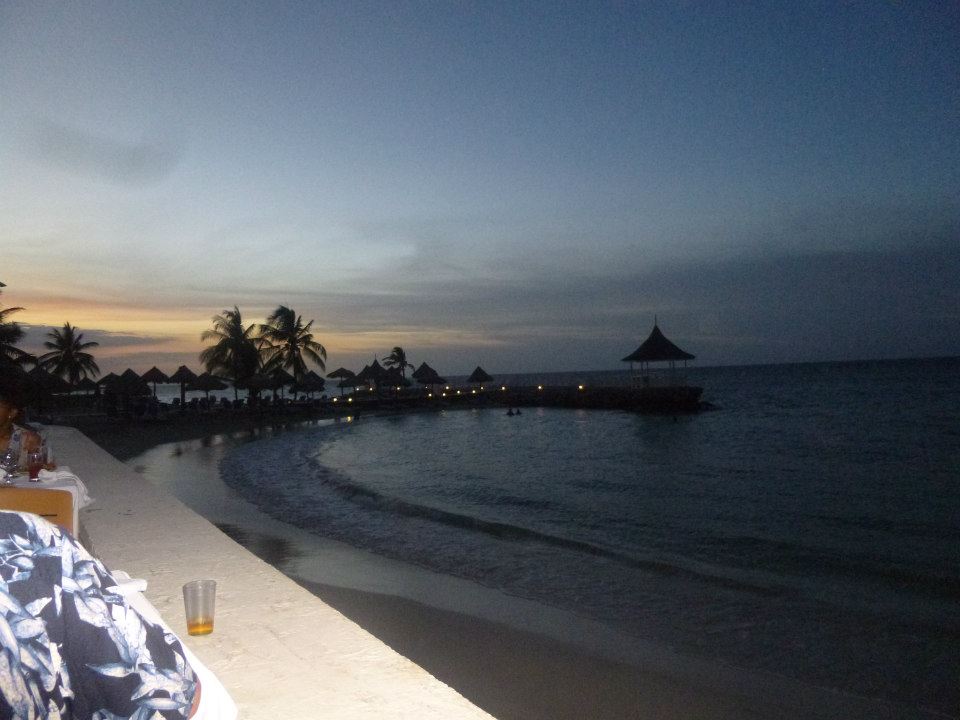
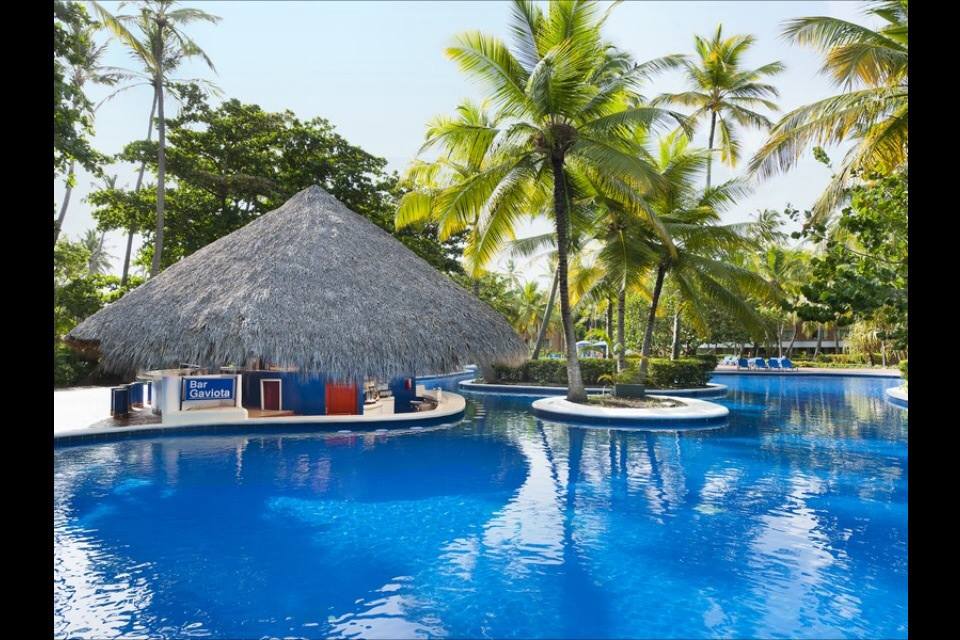
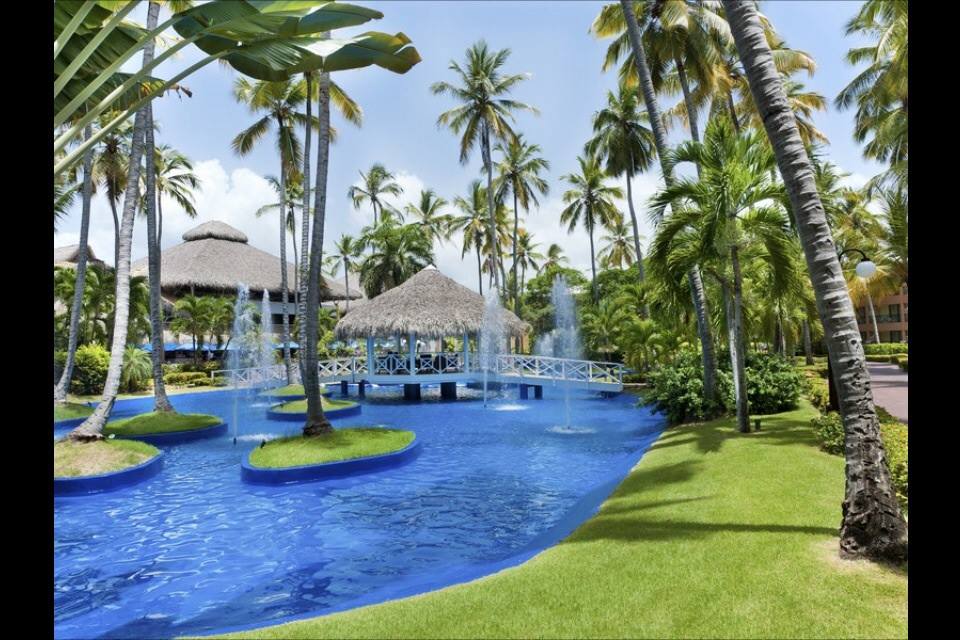
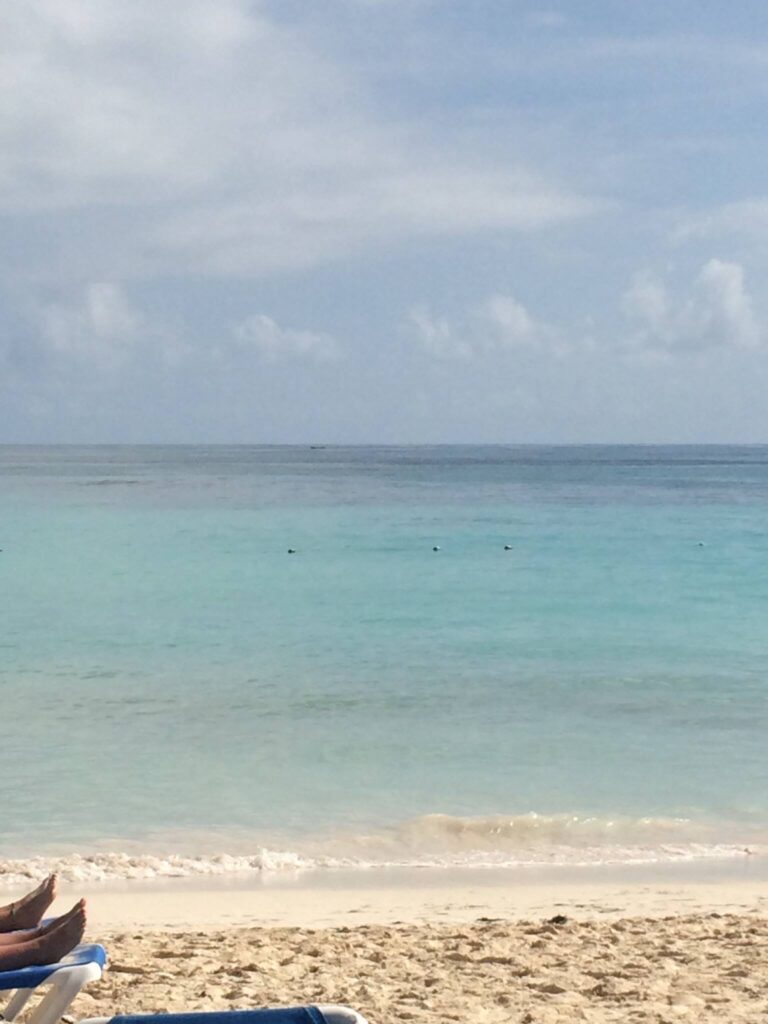
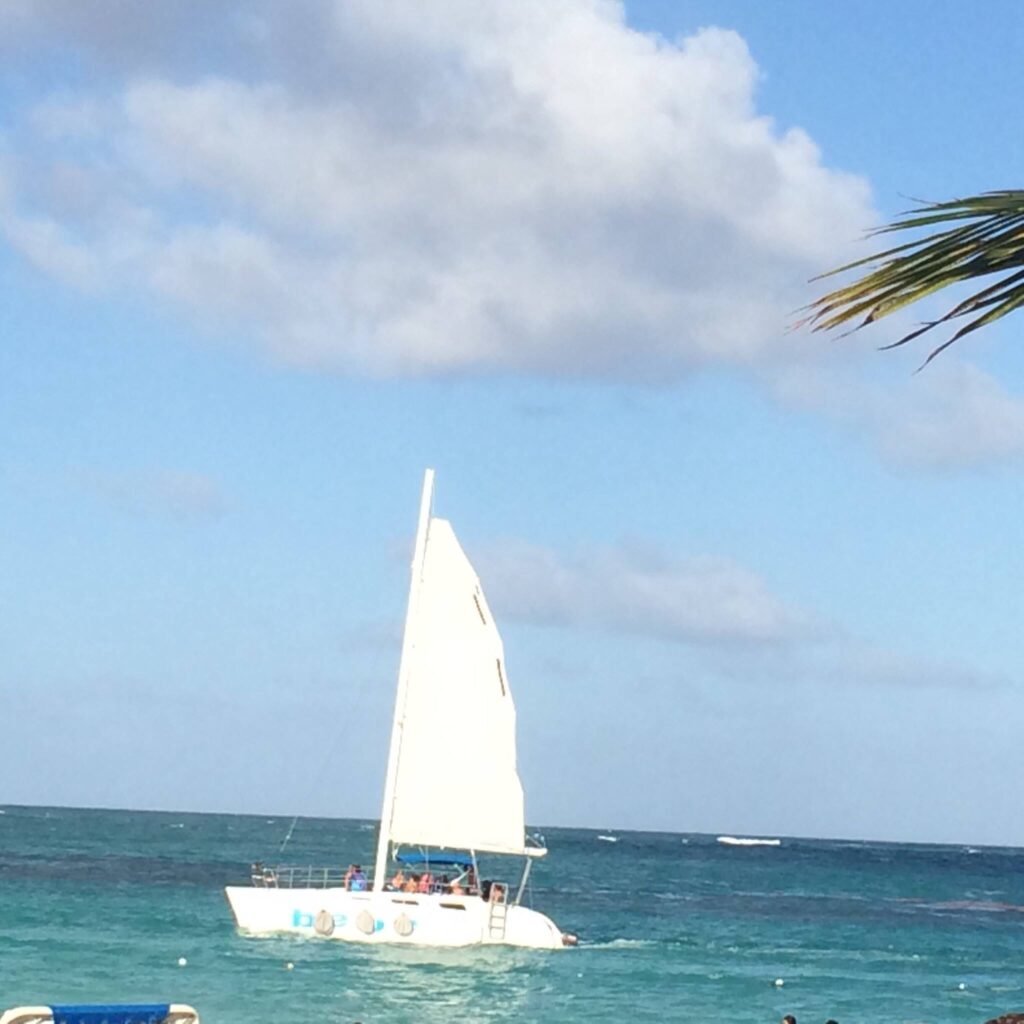
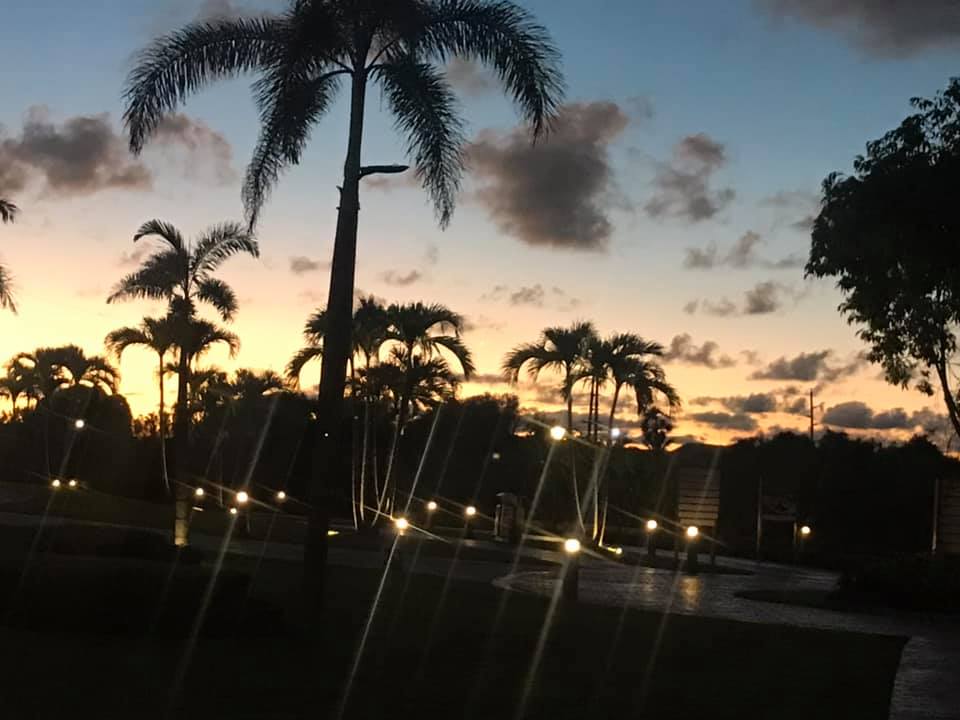
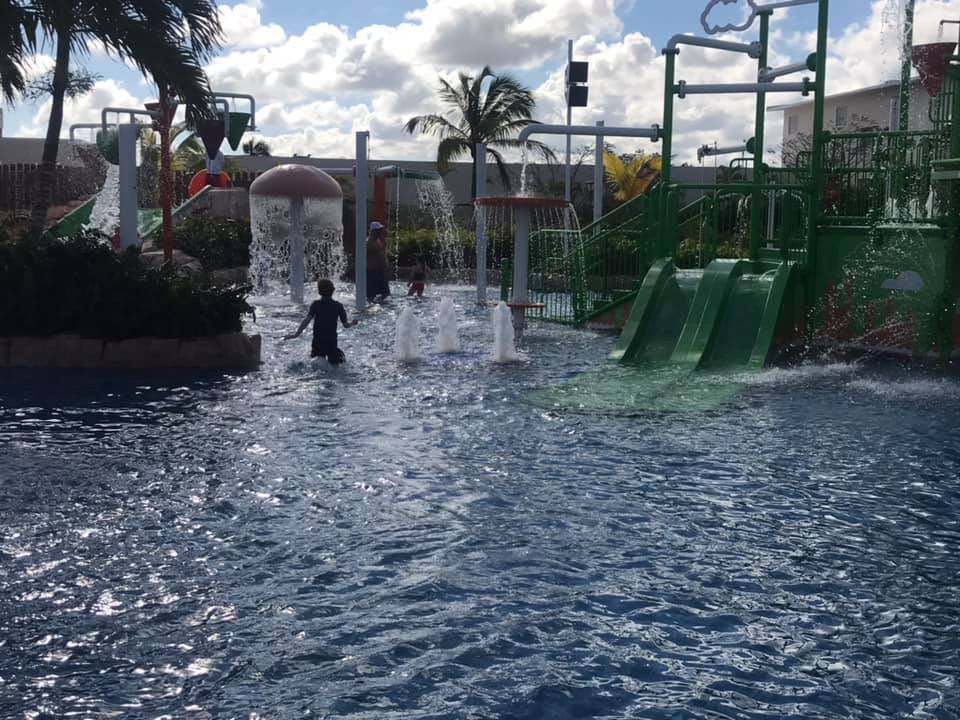
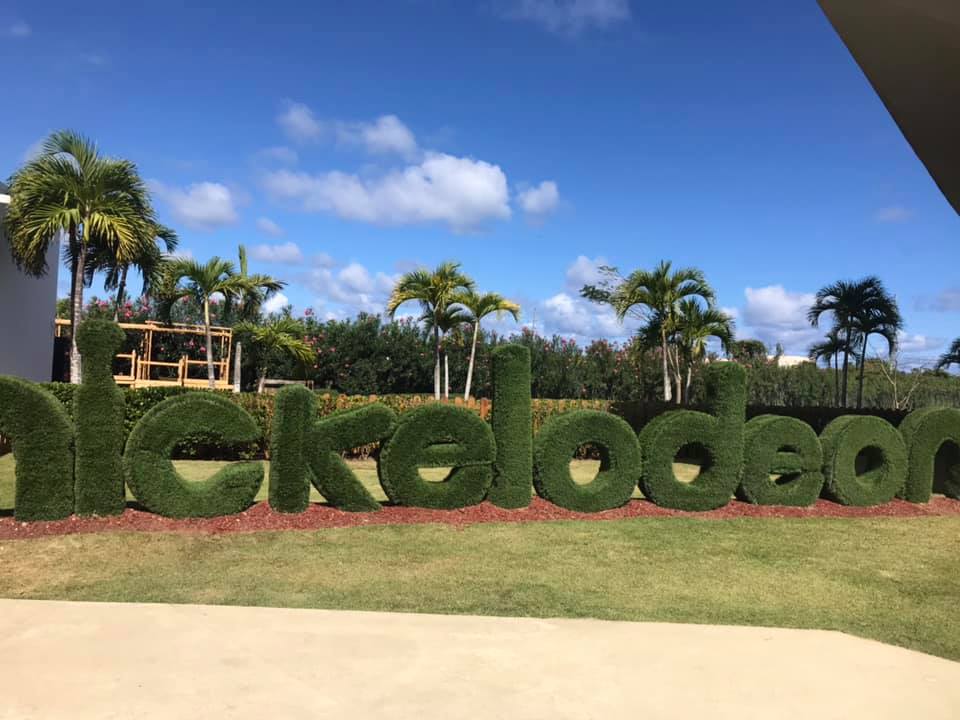
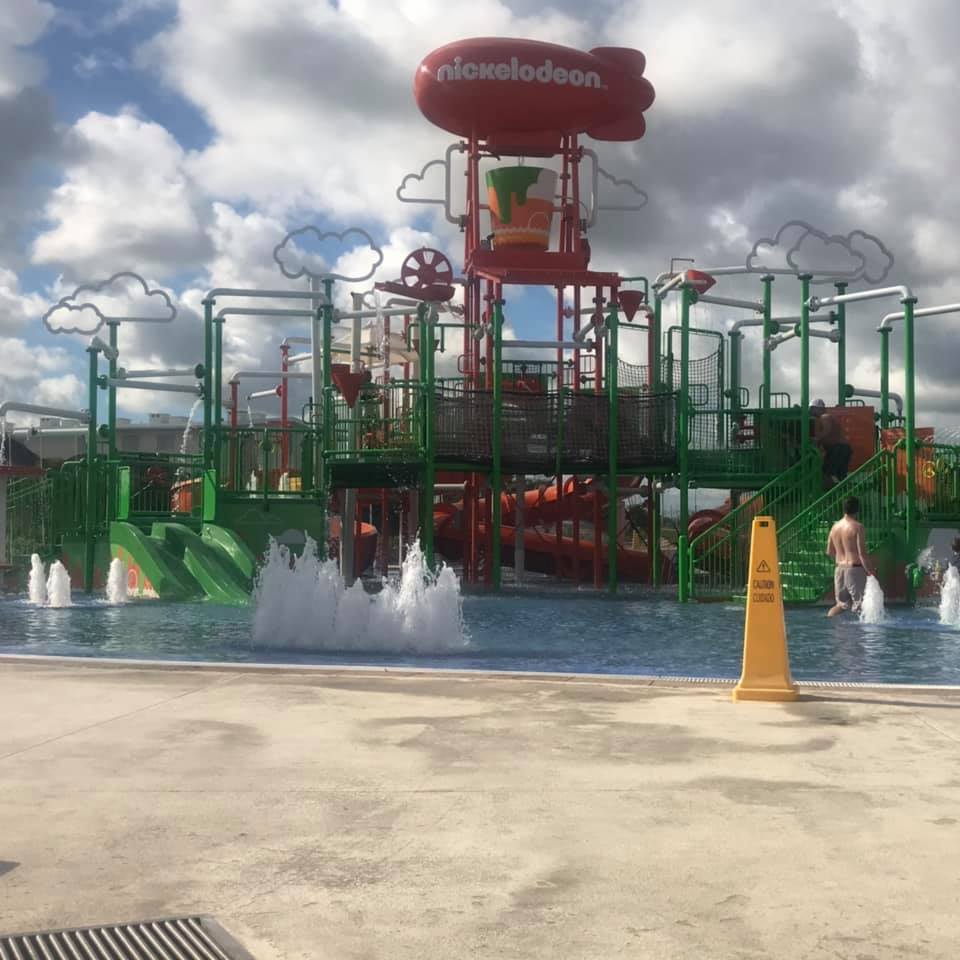

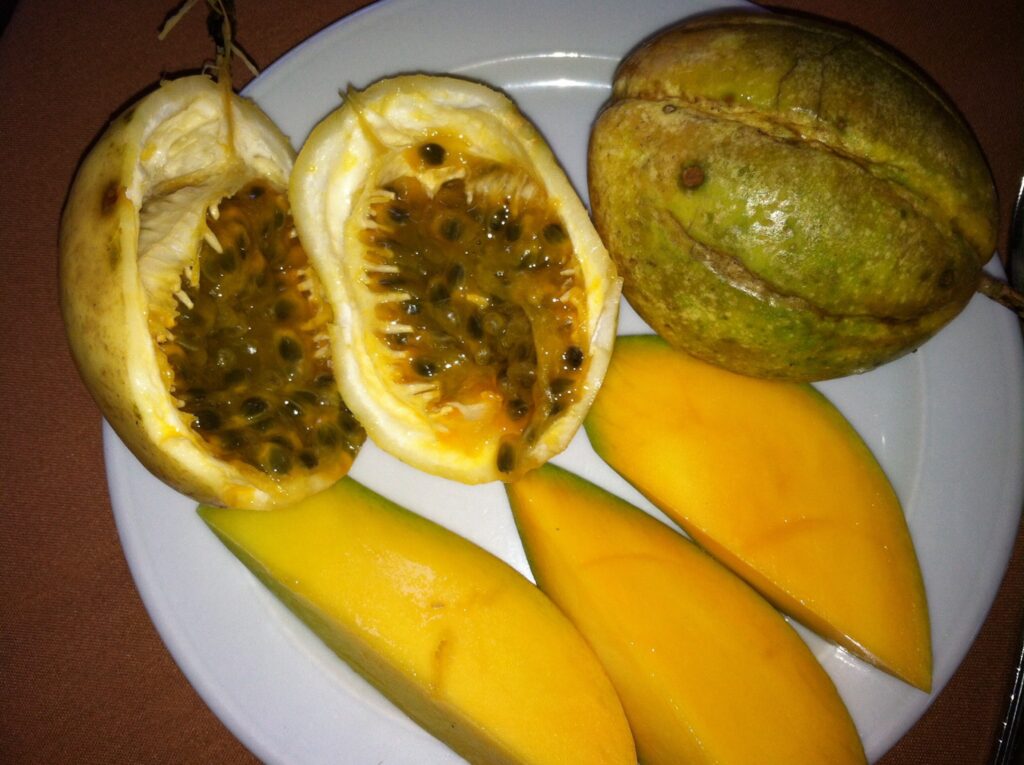
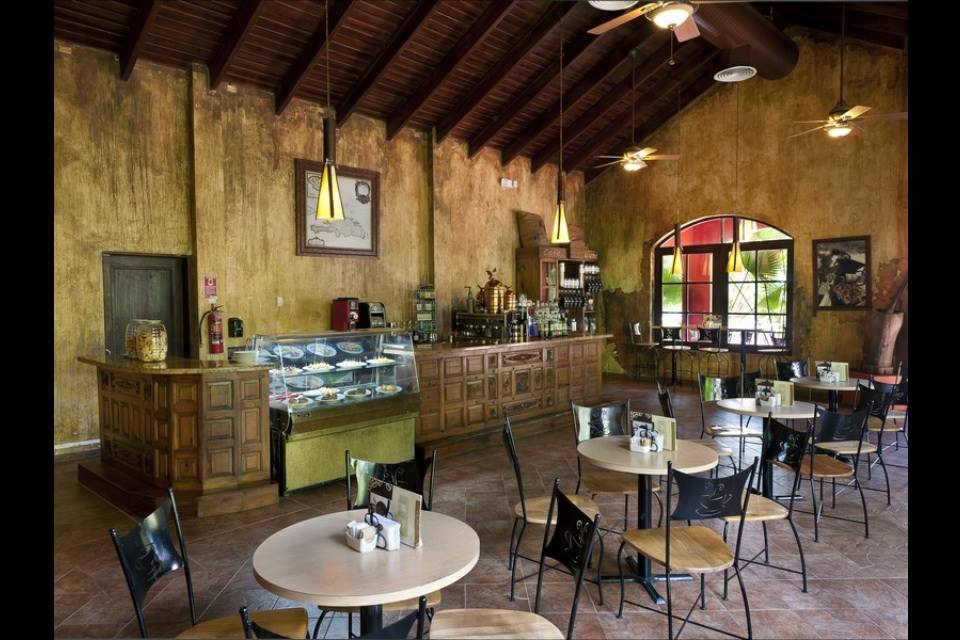
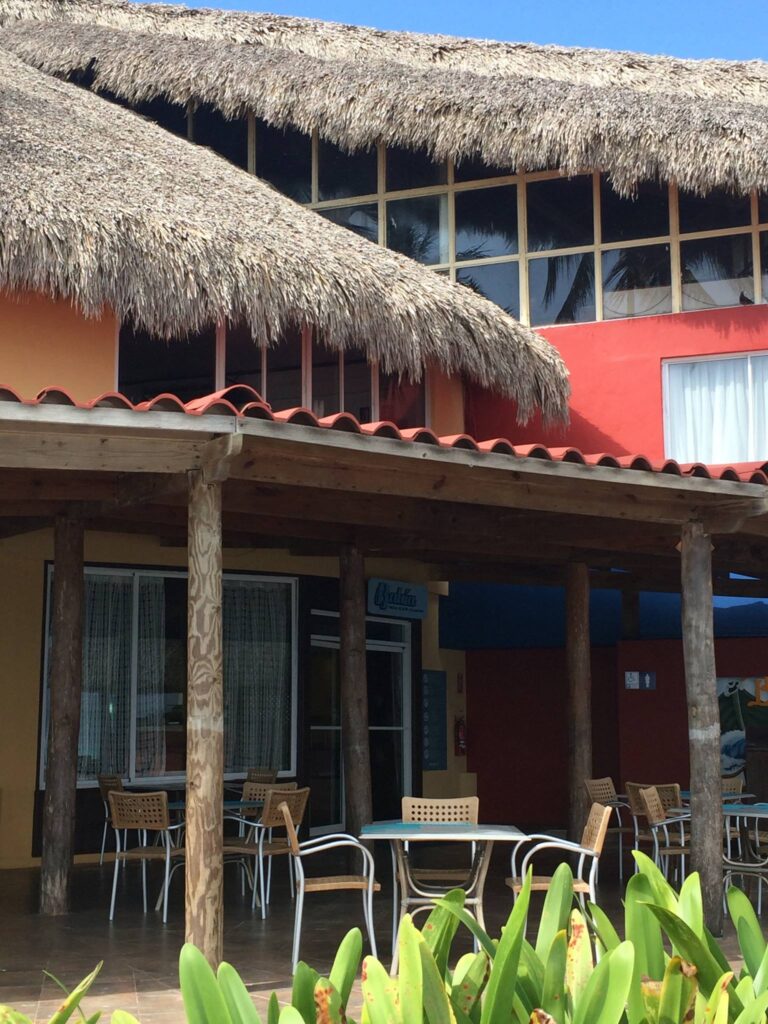
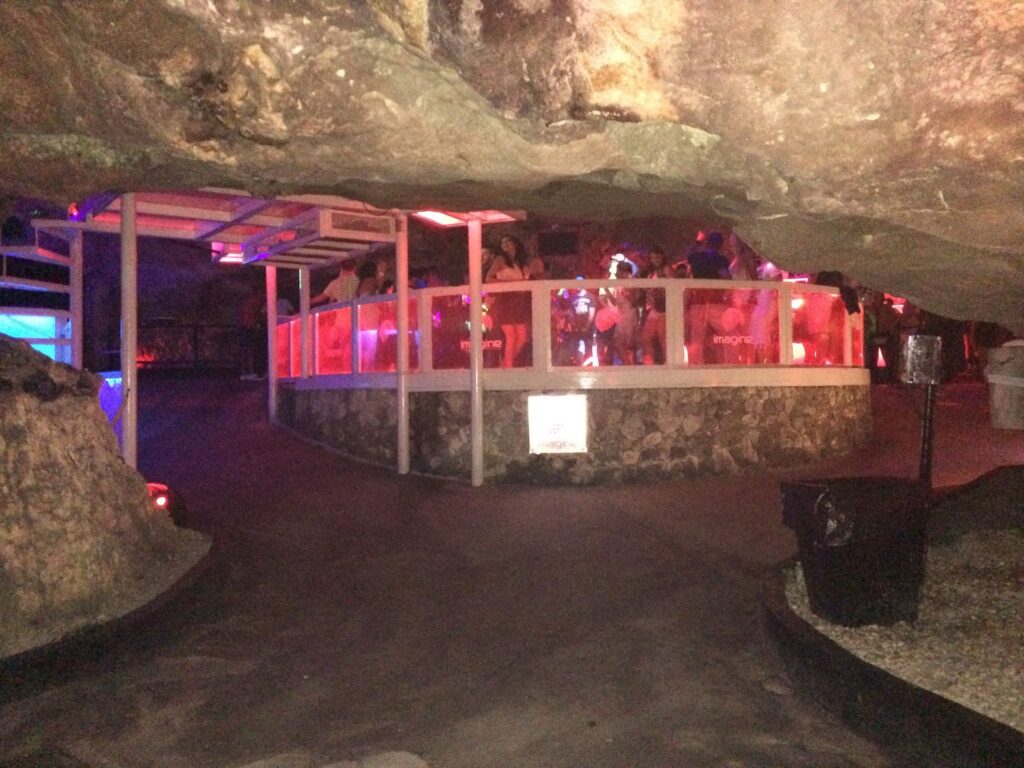
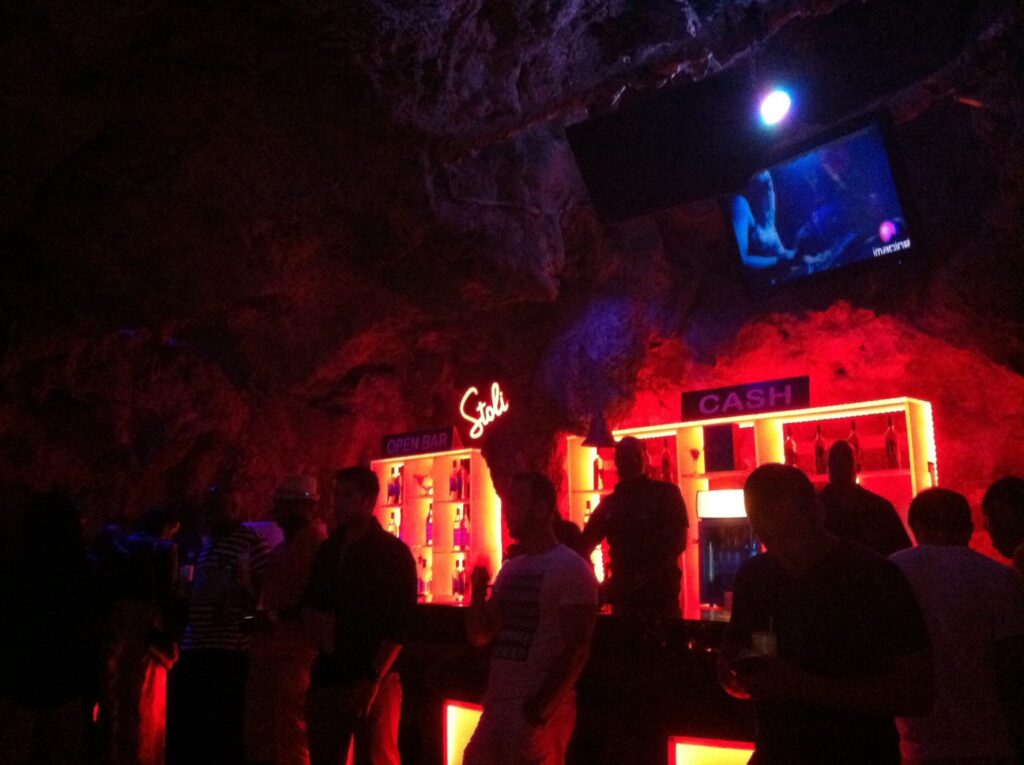
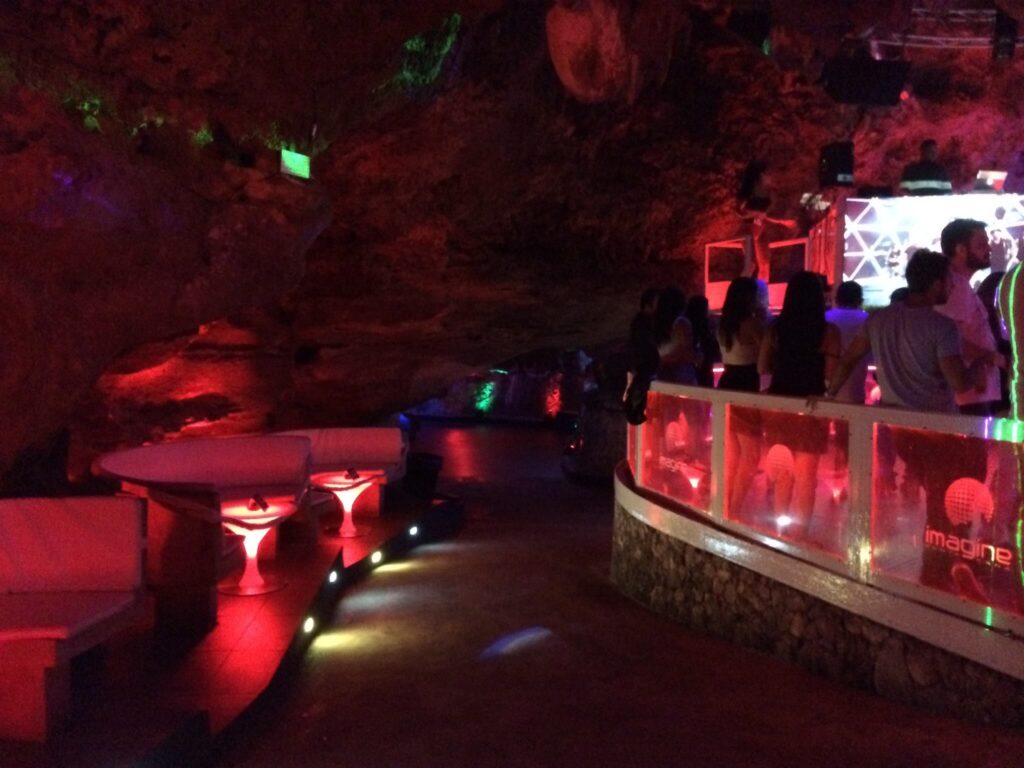
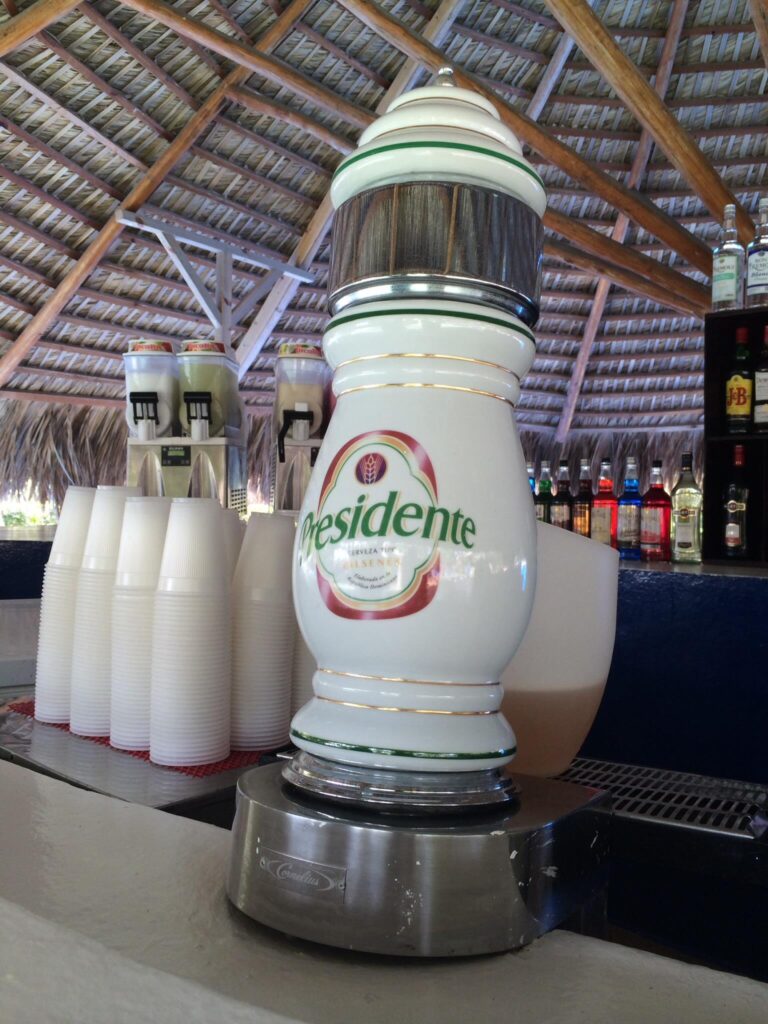
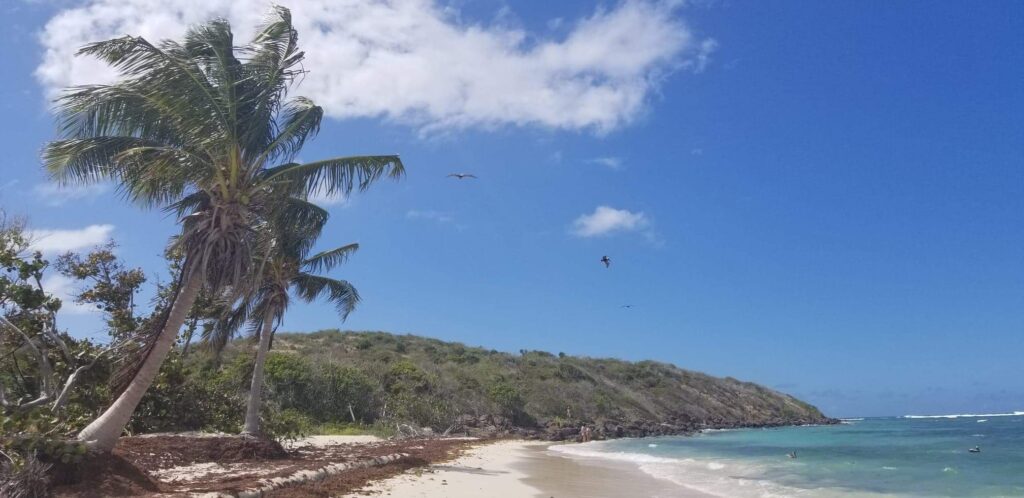
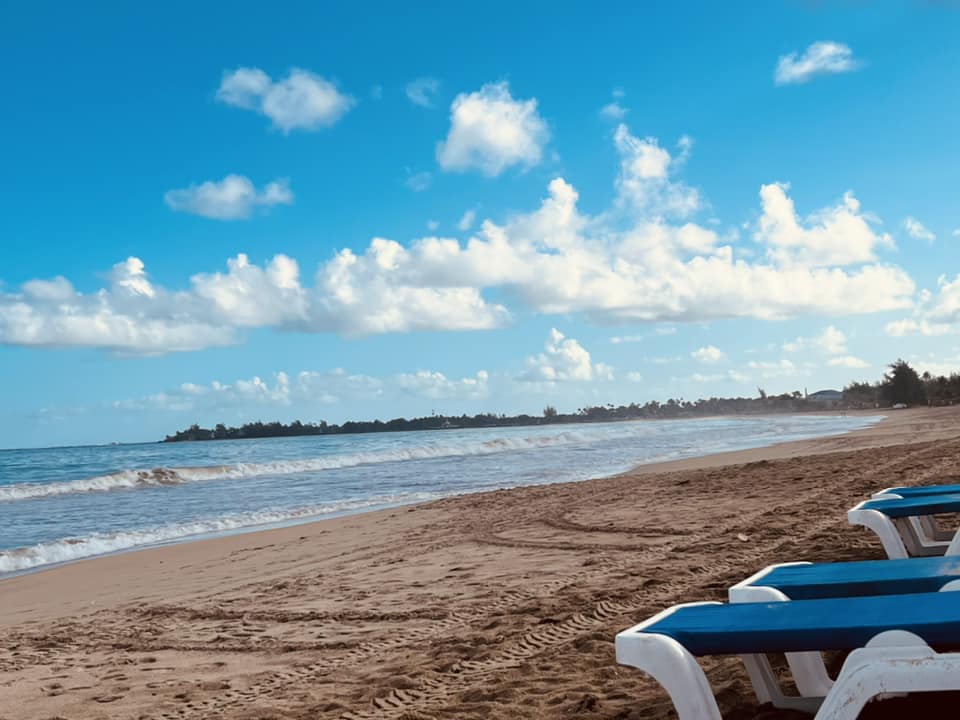







Leave a Reply